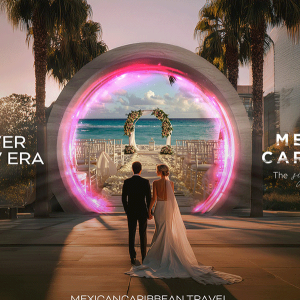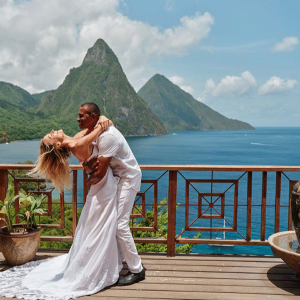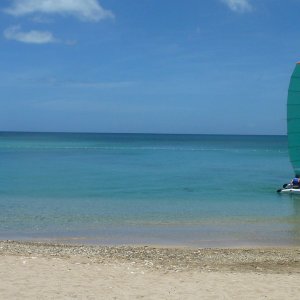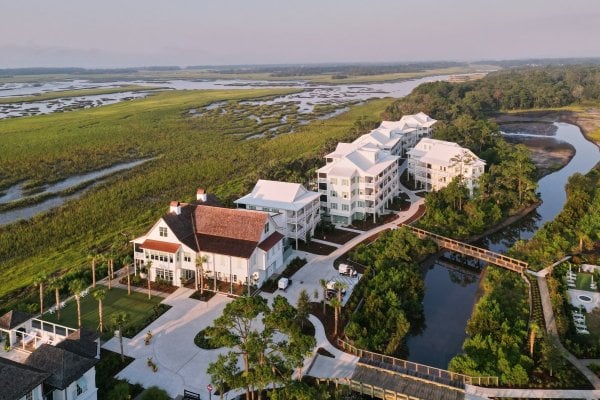What does “all-inclusive” really mean? Here, we decode the key words for you.
By: Jenna MahoneyAfter a year or more of planning, choosing and selecting items, themes, concepts and whatever else for the wedding, it’s no wonder an all-inclusive vacation is just what honeymooners are looking for. At these resorts, there’s little more to decide on than a daiquiri or piña colada and pool or beach. But before you do, there are a few terms that you should familiarize yourself with. Here, the ins and outs of what exactly it means to book an all-inclusive vacation.
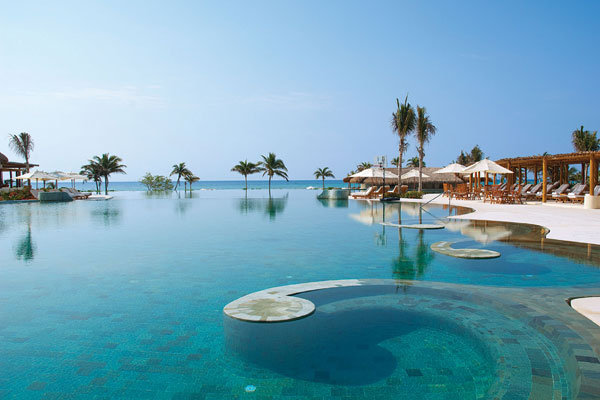
Photo Credit: Grand Velas Riviera Maya
All-inclusive
OK, it seems a little silly to have to define the concept here, but in fact, the definition actually depends on the type of vacation you book. All-inclusive resorts generally include accommodations, meals with drinks, most activities and some alcohol in a single tariff. Depending on the line, cruises tend to offer all the above except drinks, nor are land excursions and some premium ship activities included. In addition to meals, drinks and accommodations, other all-inclusive programs (such as safaris) usually place guided experiences and other perks like laundry and airport transfers under the “included” umbrella. Some boutique hotels offer all-inclusive packages specifically geared to honeymooners. Keep in mind that the terms vary.
Tip: Many Caribbean resorts offer "hurricane guarantees," which means in case of a storm, you can rebook at no charge.
A la carte
Just like at a restaurant, these items mean they don’t come packaged. Translation: You’ll have to pay separately for such activities or services. Although some properties (Zoëtry in the Caribbean and Mexico and St. Lucia’s BodyHoliday) toss in massages, the most common à la carte offerings are spa treatments. On cruise ships and at some popular all-inclusive resort chains, such as Paradisus, there are premium eateries that require reservations and an additional fee (usually no more than $80 per person). Whether on land or sea, excursions are often additional as well. Note: Deals offering resort or ship credits that can be used toward any of these additional experiences are easily found on the company websites.
Gratuities
Believe it or not, a few of our favorite hotel groups — Sandals, we’re looking at you — include tips in the total price. Which means you can keep your wallet in the hotel safe throughout your stay. Just remember any à la carte experiences and gratuities aren’t covered by the resort. If you are on safari or a similar
specialized tour, ask your operator about tipping policies. Guides generally receive 15 to 20 percent of the excursion fee. Drivers, bellmen, housekeepers and pool attendants are all commonly tipped one to two dollars for each day of service.
Membership fees
These are one of those tricky terms to watch out for. Some hotels require such tariffs to use the indoor fitness and spa (non-treatment) facilities. Others tack them on for such activities as golf. Note: Some resorts that offer free golf will charge for club rental.
Non-motorized water sports
Across the Caribbean and Mexico, you’ll see this term in the list of inclusions. It generally refers to anything on or in the water that doesn’t require a motor, such as snorkeling, Sunfish rental and the use of boogie boards. Time limits, however, may exist. Although some hotels across the globe (Vomo Fiji and the Beaches properties) offer PADI scuba instruction free of charge, underwater excursions are often à la carte. Snorkeling adventures off-site and fishing trips via motor boats are also extra.

